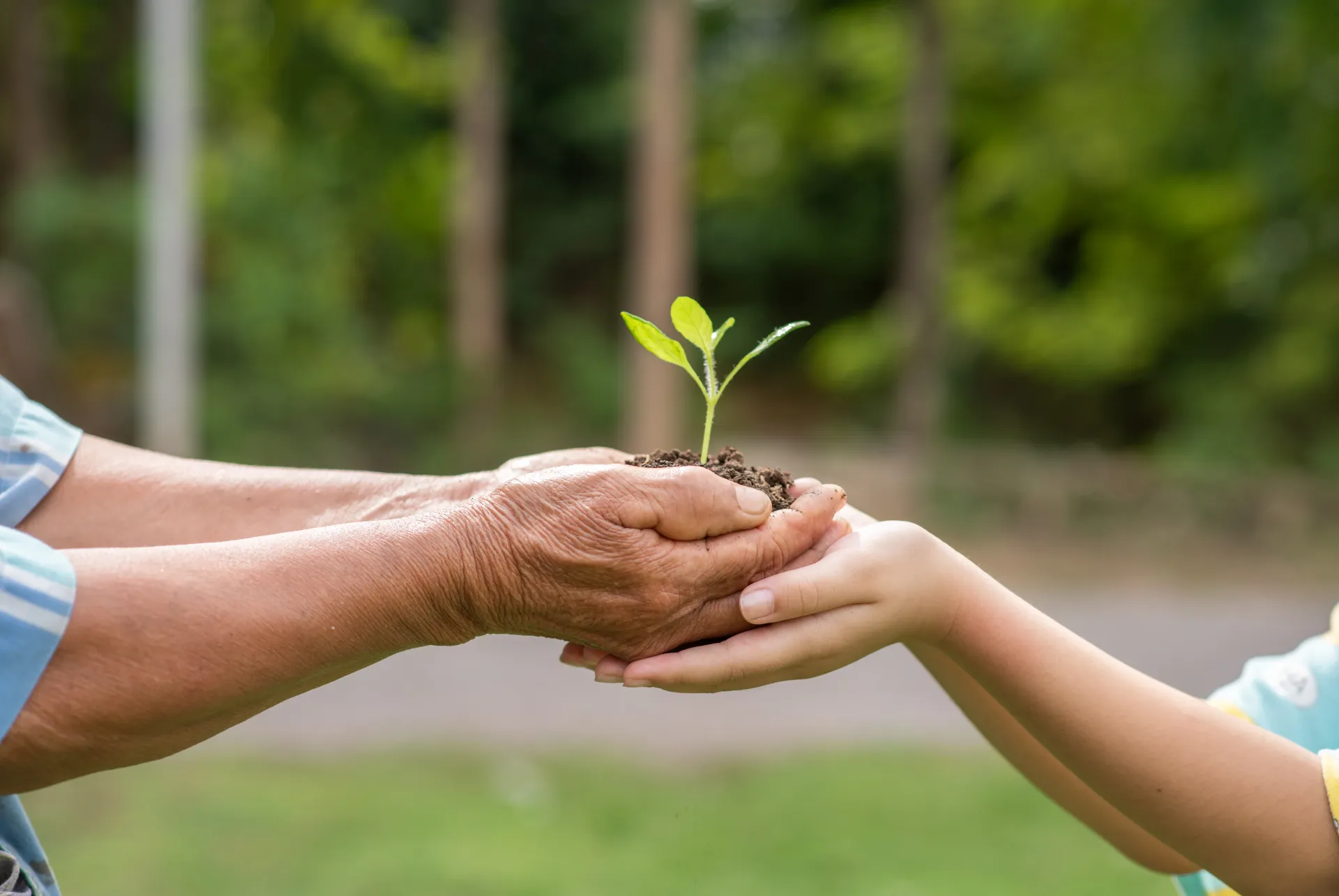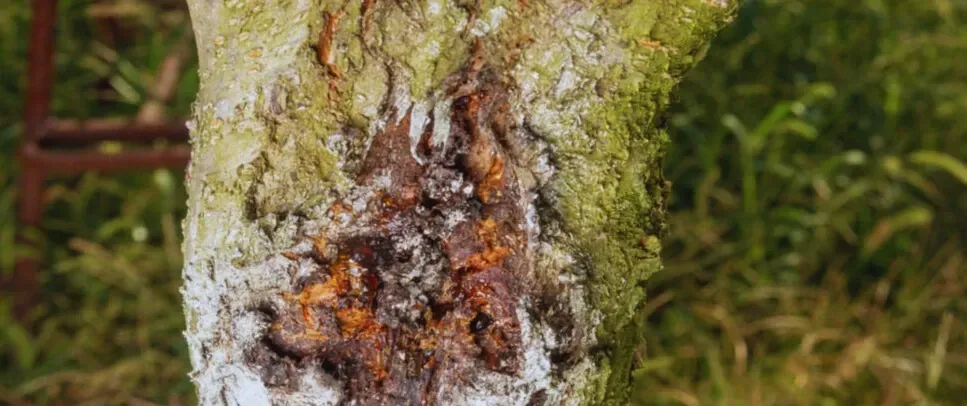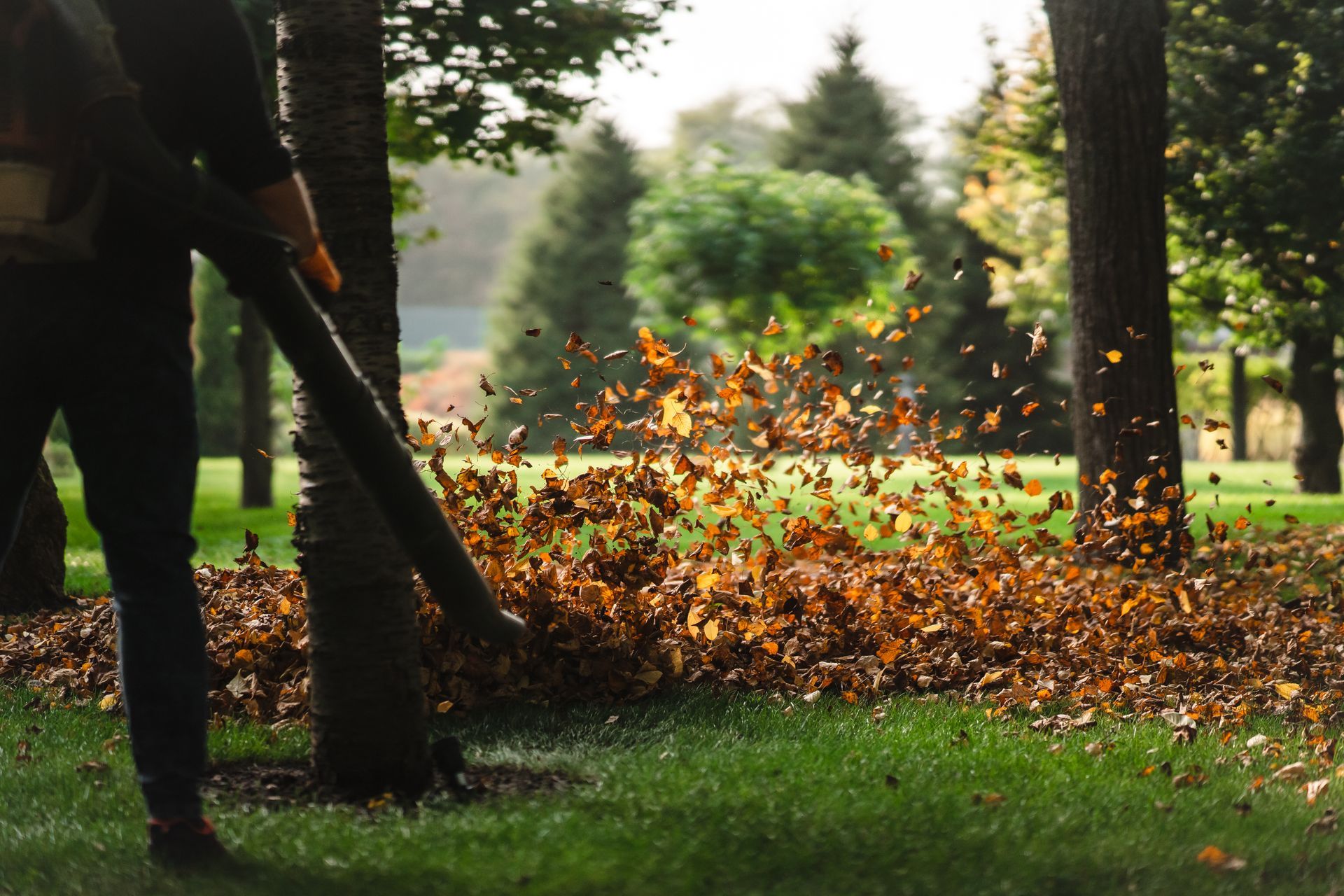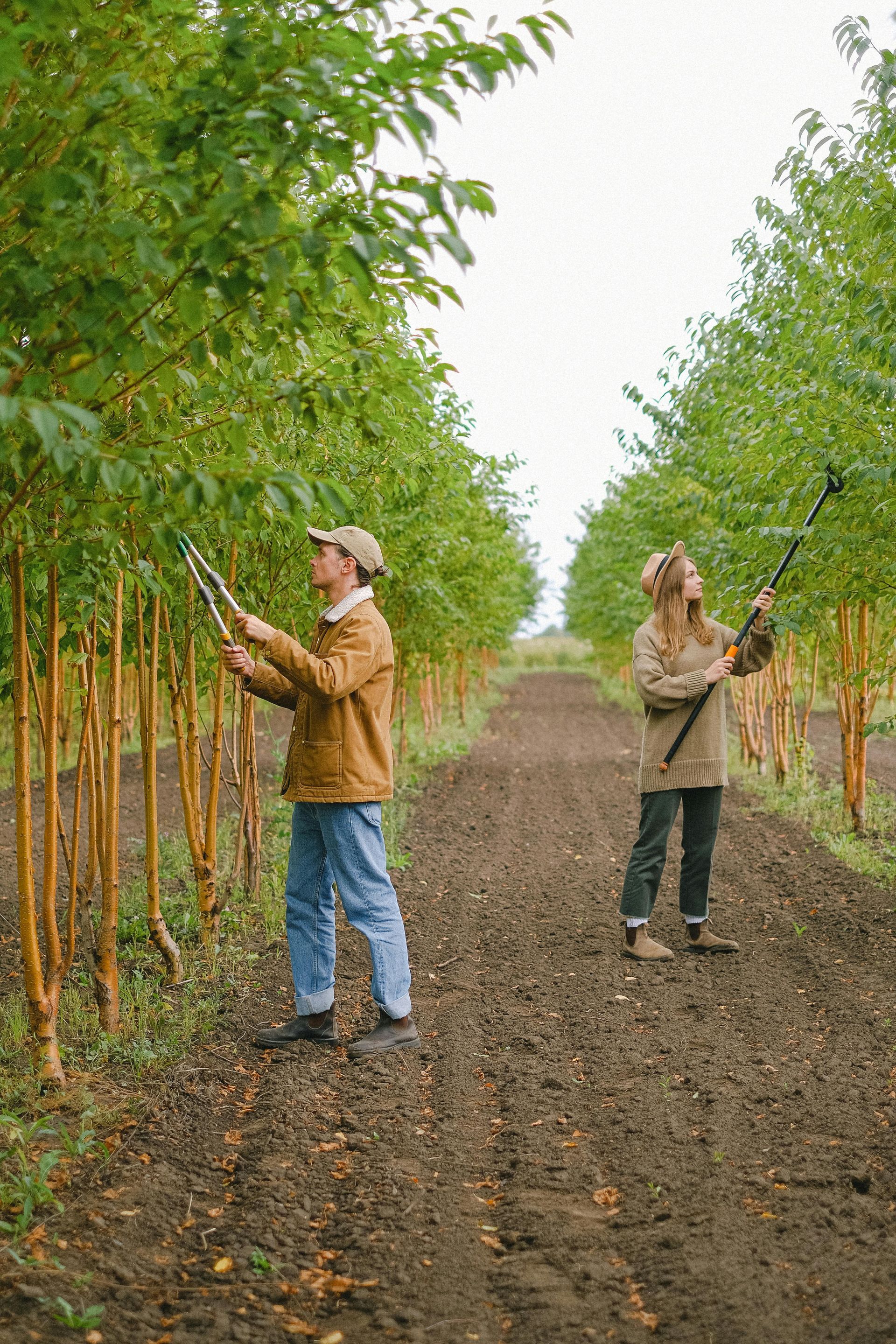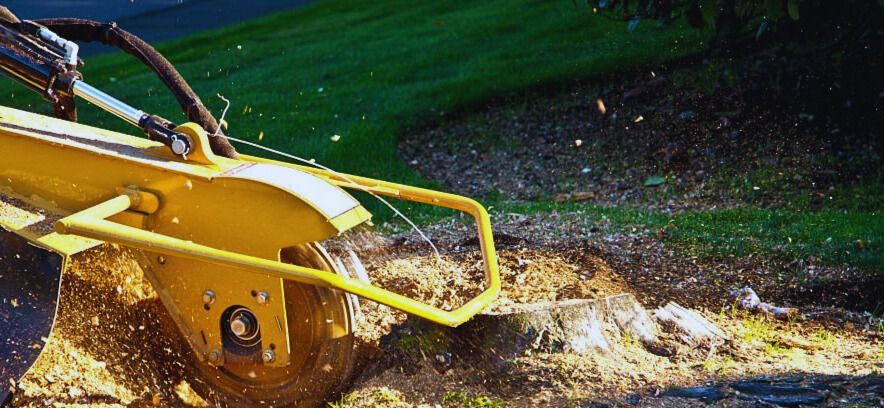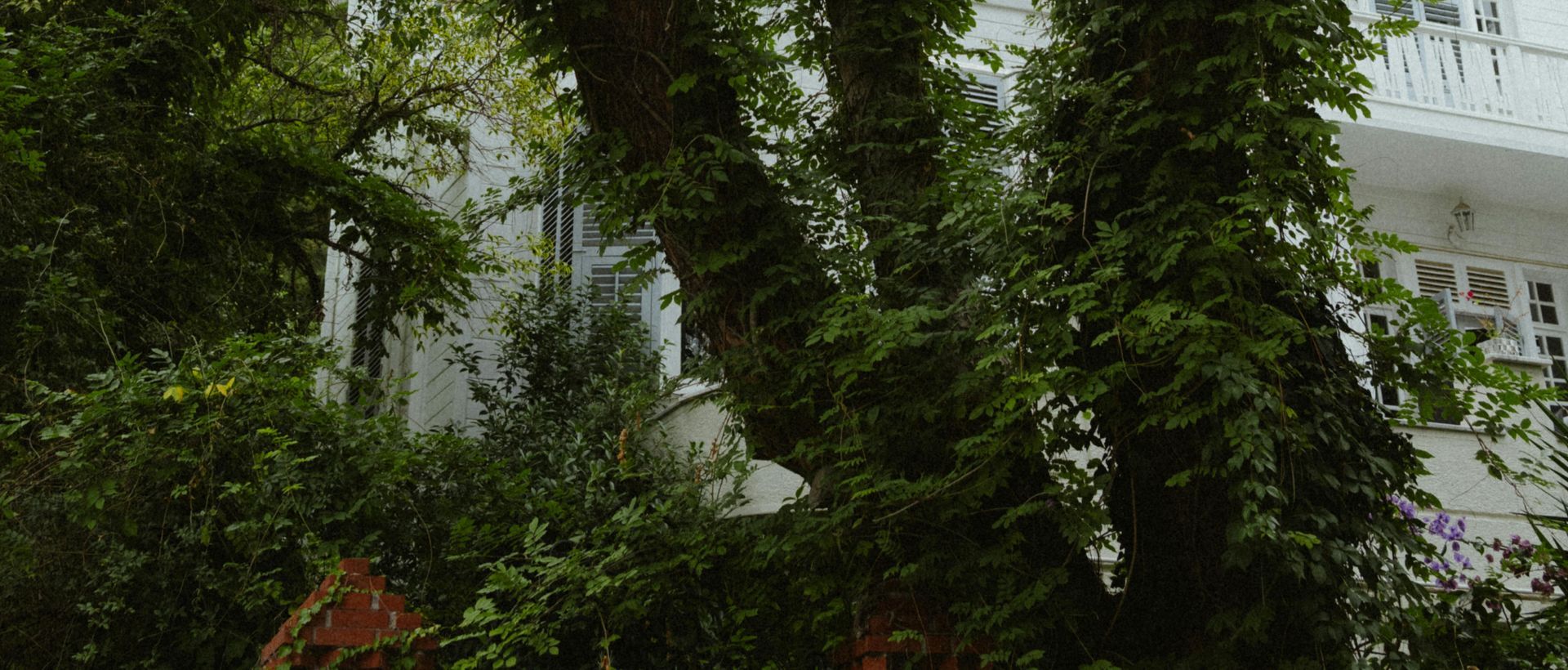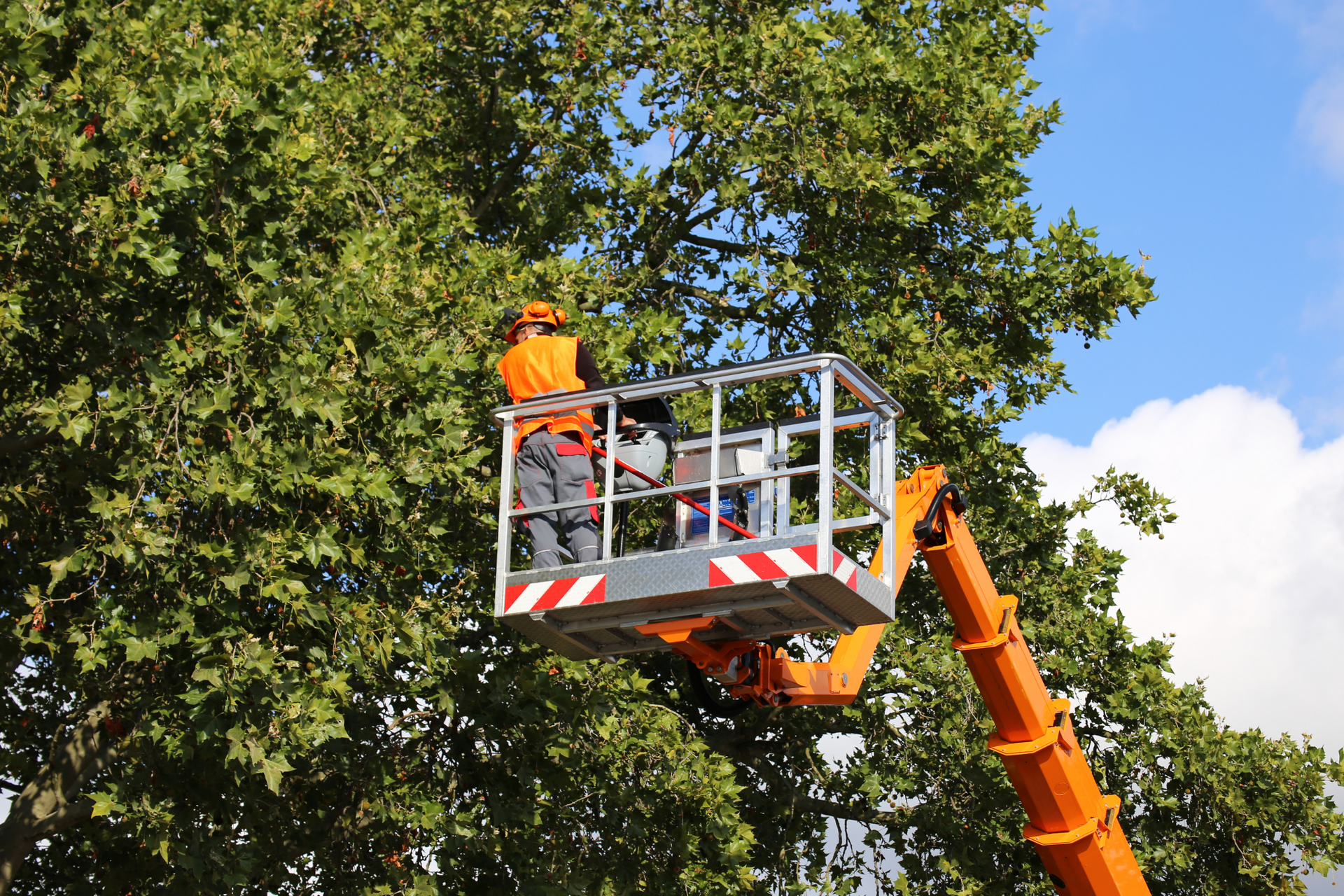Tree Fungus Treatment and Prevention: Best Practices for Healthy Trees
Tree fungus is more than just a visual nuisance—it’s a silent adversary that compromises tree health from the inside out. A fungus can appear as mushrooms at the base, powdery coatings on leaves, or cankers and rot within branches and trunks. These fungal pathogens invade through wounds or naturally weak areas, often taking advantage of trees already stressed by drought, pests, or poor soil conditions.
At its core, tree fungus is a parasitic organism. It feeds off the nutrients of its host, slowly diminishing the tree’s structural integrity and vitality. The earliest signs may go unnoticed, which makes knowledge and vigilance vital.
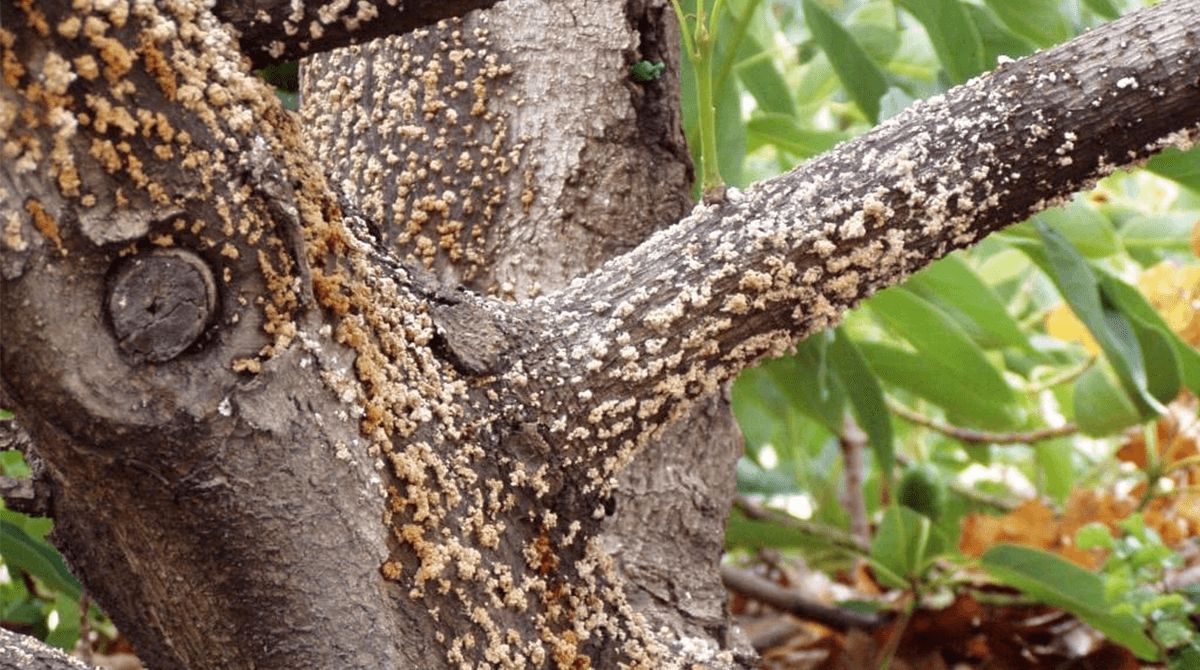
Why Tree Fungus is a Growing Problem
Fungal outbreaks are more prevalent today due to increased urbanization, changes in climate patterns, and poor landscape management. Urban trees are exposed to more pollutants, compacted soils, and artificial irrigation—factors that disturb their natural defenses. Meanwhile, warmer, wetter weather promotes fungal spore dispersal and reproduction.
The lack of biodiversity in city plantings (think endless rows of the same species) also creates fertile ground for fungal epidemics. One infected tree can rapidly lead to neighborhood-wide infestations.
Common Types of Tree Fungus and Their Impact
A few of the most destructive and widespread types of tree fungus include:
- Armillaria Root Rot: Known as honey fungus, it attacks the roots and lower trunk, leading to decay.
- Powdery Mildew: Characterized by white, floury patches on leaves, this can stunt tree growth and photosynthesis.
- Cankers: Sunken, discolored areas that may ooze sap and indicate tissue death within the bark.
- Rust Fungus: Appears as orange or reddish powder on the underside of leaves.
Each variety has unique symptoms and severity levels. Accurate identification is key to implementing the right Tree Service or treatment strategy.
How to Identify Tree Fungus Early
Early detection can be the difference between saving a tree and cutting it down. Look out for:
- Wilting or yellowing leaves
- Peeling or cracking bark
- Mushrooms growing at the base
- Leaf spots or discoloration
- Odd growth patterns like swelling or stunted branches
Using a magnifying glass or plant diagnostic tool can help confirm fungal structures like spores or mycelium.
The Lifecycle of a Fungal Infection
A tree fungus typically begins as a microscopic spore released by an infected surface or airborne agent. Once a spore finds a suitable host, it penetrates through an opening—be it a wound, insect bore, or natural fissure.
From there, the fungus spreads its hyphae (thread-like roots), colonizing the tree’s tissues and drawing out nutrients. Over time, this disrupts internal water transport and cellular functions, slowly suffocating the tree.
Environmental Factors That Encourage Fungal Growth
Fungi love wet, dark, and poorly ventilated environments. Trees with dense canopies, heavy mulch, or poor drainage are more susceptible. Additionally, compacted or nutrient-deficient soil can weaken root systems, leaving trees defenseless against fungal invaders.
Temperature also plays a role. Mild winters no longer kill spores, while wet springs create the perfect fungal storm.
Which Trees Are Most Susceptible to Fungus?
Certain species have a reputation for being more vulnerable, including:
- Oaks (prone to oak wilt)
- Elms (Dutch elm disease)
- Maples (anthracnose)
- Apple and fruit trees (powdery mildew and rust)
In regions with consistent moisture, even hardy evergreens can develop root rot and blight.
Preventative Tree Maintenance to Avoid Fungus
Routine care is your best line of defense. Implement the following:
- Regular Pruning: Thin out crowded branches to increase airflow.
- Proper Watering: Water at the root zone, not the trunk or leaves.
- Soil Monitoring: Test pH and nutrient levels annually.
- Clean Tools: Sterilize shears and saws between trees.
Preventative care should be proactive, not reactive. Trees under routine observation rarely succumb to fungal infestations.
The Role of Soil Health in Tree Fungus Prevention
Healthy trees begin with healthy soil. Fungi thrive in anaerobic (oxygen-deprived) soils, which are common in overwatered or compacted areas. Promote balance by:
- Aerating soil regularly
- Adding compost or organic mulch
- Testing and adjusting soil pH
Fungi struggle in environments where microbes and roots coexist harmoniously.
How Mulching Can Help (or Hurt)
Mulch retains moisture and regulates temperature, which is good—until it’s not. Overmulching traps too much moisture near the trunk, encouraging rot. Always:
- Apply mulch 2-3 inches deep
- Keep mulch 4-6 inches away from the tree trunk
- Use organic material that breaks down slowly
Tree Fungus Treatment: Natural Remedies
For mild infections or preventive care, try these eco-friendly options:
- Neem Oil: Natural antifungal with repellent properties
- Baking Soda Spray: Alkalizes leaf surface, deterring fungal spores
- Compost Tea: Boosts beneficial microbe activity
Always test these remedies on a small area first to prevent unintended reactions.
Tree Fungus Treatment: Chemical Options
In more advanced cases, fungicides may be necessary. Choose from:
- Copper-based sprays
- Sulfur dust
- Chlorothalonil-based products
Always follow label instructions and wear protective gear. Never apply during extreme heat or direct sun.
Systemic Fungicides vs. Contact Fungicides
- Systemic: Absorbed through bark or roots, offering long-term internal protection.
- Contact: Stays on the surface and must be reapplied after rain or irrigation.
Systemics are ideal for root rot or vascular fungi; contact types work well on leaf infections.
When to Call a Tree Service Professional
If you're unsure about the diagnosis or treatment, it’s best to Contact a Certified Arborist. Professionals can:
- Conduct lab testing
- Administer injections
- Perform safe pruning or removals
- Provide long-term care plans
Integrated Pest Management and Fungus Control
This approach combines multiple strategies:
- Biological controls
- Mechanical barriers
- Cultural adjustments
- Targeted chemical use
It’s about managing—not eliminating—fungi while preserving the overall ecosystem.
Biological Control Methods for Tree Fungus
Biological controls are gaining traction as eco-conscious homeowners and landscapers look for alternatives. Some options include:
- Mycorrhizal fungi: These beneficial fungi improve tree resilience by enhancing root nutrient uptake.
- Trichoderma species: Compete with pathogenic fungi for space and resources.
- Bacillus subtilis: A bacterial antagonist that inhibits spore germination.
By introducing the right organisms, you naturally reduce the chances of harmful fungal colonization.
Understanding Tree Immunity and Resistance
Just like humans, trees have immune responses. They compartmentalize decay through a process called CODIT (Compartmentalization Of Decay In Trees). Some species are genetically more resistant to fungus. To strengthen a tree’s immunity:
- Minimize stress (e.g., water and nutrient deficiencies)
- Avoid damaging roots during construction
- Use bio-stimulants that boost cellular function
Fungus on Roots: A Silent Killer
Root rot often remains hidden until it’s too late. You may notice sudden leaf wilt, dieback, or stunted growth. To check:
- Gently remove soil around the base to inspect roots
- Look for blackened, mushy, or brittle roots
- Check for a foul odor
Prompt action can save partially infected trees. Improve drainage, prune damaged roots, and apply a root-safe fungicide.
Seasonal Tree Fungus Issues
Different fungi thrive in different seasons:
- Spring: Spores awaken with new growth
- Summer: High humidity fuels outbreaks
- Fall: Decaying leaf litter harbors pathogens
- Winter: Dormant periods can mask infections
A year-round care schedule ensures you catch issues before they spread.
Best Practices for Watering Trees to Prevent Fungus
Improper watering is a top contributor to fungal growth. Best practices include:
- Water deeply, but infrequently
- Avoid overhead watering to prevent wet leaves
- Use drip systems or soaker hoses
- Water early in the morning to allow surfaces to dry
Overwatering is as harmful as underwatering. Balance is crucial.
Sanitation Practices in Tree Care
Keeping a clean landscape helps break the fungal lifecycle:
- Rake and dispose of fallen leaves
- Clean tools with a bleach solution
- Remove infected branches immediately
- Store mulch and compost away from tree bases
Avoid spreading fungi unintentionally from one tree to another.
The Importance of Proper Pruning Techniques
Strategic pruning improves air circulation and sun exposure, both of which deter fungal spores. Key tips:
- Prune during dry weather
- Sterilize tools between cuts
- Avoid cutting into the branch collar
- Never leave large stubs
Bad pruning creates wounds that invite fungi.
Tree Fungus on Leaves and Bark: What to Do
If you spot infections on leaves or bark:
- Remove and destroy infected foliage
- Apply topical treatments like neem oil or copper spray
- Avoid composting diseased materials
- Monitor for recurrence weekly
Surface fungi can sometimes be reversed if caught early.
How to Save a Tree Already Infected
Follow this emergency triage:
- Assess Severity: Is it localized or widespread?
- Prune Infected Areas: Cut back aggressively if needed.
- Apply Fungicide: Choose systemic if infection has entered vascular tissue.
- Improve Soil: Add amendments and beneficial organisms.
- Water Smartly: Avoid excess water but don’t stress the tree further.
With proper treatment, many trees recover beautifully.
How Tree Fungus Affects Wildlife and Biodiversity
While some fungi are harmful to trees, others support forest ecosystems. However, unchecked fungal infections:
- Destroy nesting habitats
- Decrease food supply for pollinators
- Encourage pest infestations
Balance and biodiversity should be preserved in all fungal management plans.
Tree Fungus and Climate Change: A Dangerous Mix
Climate change fuels fungal growth by altering temperature and precipitation patterns. We’re seeing new fungal species in regions where they were previously rare. Adaptive landscaping practices are crucial:
- Plant native species
- Diversify tree types
- Monitor trees closely during wet seasons
Community-Based Tree Fungus Management
Working together yields better results:
- Share resources for mulch and tools
- Host community pruning or awareness days
- Form neighborhood tree watch programs
Healthy trees benefit everyone.
Tree Fungus and Urban Landscaping Challenges
City trees are at risk due to:
- Limited soil space
- Pollution
- Improper irrigation
- Mechanical injuries (cars, lawnmowers)
Design landscaping with these risks in mind and apply mulch barriers or guards.
Tree Fungus Treatment and Prevention
The best treatment for tree fungus is prevention. Proactive care, from soil to canopy, builds a natural defense. Even if fungus sets in, quick action using the strategies above can make a full recovery possible. Don’t hesitate to bring in expert help like a Tree Service to assist in diagnosis and care.
FAQs About Tree Fungus Treatment and Prevention
What’s the most common sign of tree fungus?
Discoloration of leaves or bark, unusual growths, and leaf spots are common signs.
Can tree fungus spread to other plants?
Yes, spores can travel by wind, water, or tools, making quick containment essential.
Are natural remedies as effective as fungicides?
They can be in early stages, but severe infections may require chemical support.
Is it safe to plant another tree after removing an infected one?
Yes, but replace soil or treat it to remove residual fungal spores.
Can a tree recover on its own?
Minor infections may resolve, but supportive care significantly boosts recovery chances.
How often should trees be inspected?
At least once a season, or monthly in high-risk areas.
Conclusion and Sustainable Tree Health Practices
Tree fungus doesn’t have to spell doom for your landscape. Through diligent care, early detection, and the integration of both natural and chemical solutions, you can maintain vibrant, strong, and beautiful trees.
The key is sustainability—build soil, nurture roots, prune mindfully, and always keep learning. When in doubt, schedule a consultation via the Contact page to work with tree care professionals who bring expertise and passion to every project.
Links:
- Tree Service: https://www.covinatreeservice.com/
- Contact: https://www.covinatreeservice.com/contact
